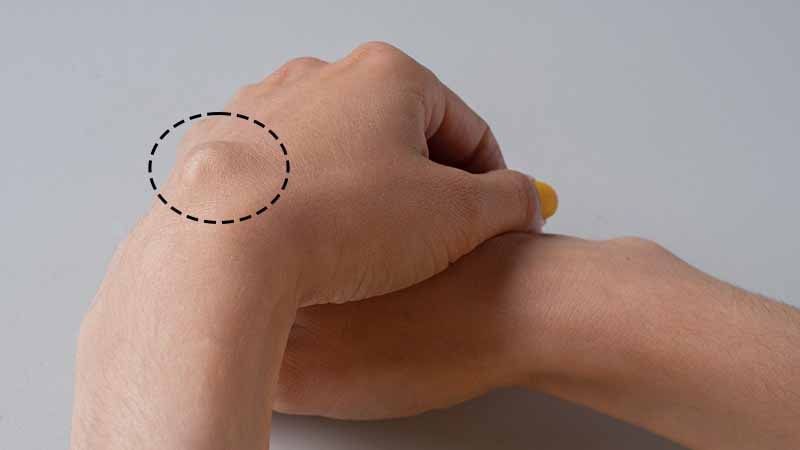Understanding Lipomas: From Diagnosis to Effective Treatment Options
Lipomas are the most common type of soft tissue tumor, appearing as slow-growing, fatty bumps under the skin. While typically benign and harmless, lipomas can sometimes cause discomfort or become a cosmetic concern. This article delves into everything you need to know about lipomas, including diagnosis, treatment options, and recovery.
What are Lipomas?
Lipomas are slow-growing, benign tumors composed of mature fat cells. They can develop anywhere on the body where there’s fatty tissue, most commonly appearing on the shoulders, arms, neck, back, thighs, and abdomen.
Lipomas are usually soft, movable, and painless to the touch. They may feel doughy or rubbery and move slightly when pressed. However, some lipomas can be firm or tender, especially if they grow near nerves or muscles.
Signs and Symptoms of Lipomas
The most common signs of a lipoma include:
- A soft, movable lump under the skin, typically less than 2 inches in diameter
- Slow and gradual growth over months or years
- No pain or discomfort (unless pressing on nerves or muscles)
- Freely moveable within surrounding tissue
If you notice a lump on your body, it’s crucial to consult a doctor for proper diagnosis. While lipomas are usually benign, other conditions can mimic their appearance.
Here are some situations where you should see a doctor right away:
- The lump grows rapidly.
- The lump is firm or hard to the touch.
- The lump is painful.
- The lump changes color or becomes red or irritated.
- The lump appears after an injury.
Causes of Lipomas
The exact cause of lipomas remains unknown. However, some factors may increase the risk of developing them:
- Genetics: Having a family history of lipomas increases your risk.
- Certain medical conditions: Conditions like Gardner syndrome and Familial Multiple Lipomatosis (FML) are associated with an increased risk of developing multiple lipomas.
- Age: Lipomas are more common in adults between 40 and 60 years old.
Diagnosing Lipomas
Diagnosing lipomas usually involves a physical examination by a doctor. The doctor will feel the lump to assess its size, mobility, and consistency.
In some cases, additional tests may be needed to confirm the diagnosis, such as:
- Fine-needle aspiration (FNA): A thin needle is inserted into the lump to withdraw a small sample of tissue. The sample is then examined under a microscope to determine the type of cells present.
- Biopsy: A small piece of tissue is removed from the lump and examined under a microscope for any abnormalities.
- Imaging tests: X-rays, ultrasounds, or MRIs may be used to get a clearer picture of the lump’s location and characteristics, especially if it’s located deep within the body.
Treatment Options for Lipomas
The good news is that most lipomas don’t require treatment. However, if the lipoma is causing pain, discomfort, or affecting your appearance, several treatment options are available.
Observation:
In most cases, the doctor may recommend simply monitoring the lipoma, especially if it’s small and not causing any problems. Regular checkups can ensure it’s not growing rapidly or changing characteristics.
Lipoma Removal
Lipoma removal is an option if the lipoma is:
- Large and bothersome
- Painful
- Rapidly growing
- Affecting your appearance
There are three main methods for lipoma removal:
- Surgical Excision: This is the most common method for removing lipomas. The doctor makes an incision over the lipoma and removes it entirely. The incision is then closed with stitches or staples. Surgical excision is typically performed as an outpatient procedure, meaning you can go home the same day.
- Liposuction: This minimally invasive technique uses a thin tube (cannula) inserted through a small incision to suction out the fatty tissue of the lipoma. Liposuction is suitable for smaller lipomas and may be a good option if minimizing scarring is a concern.
- Lipoma Enucleation: This minimally invasive technique involves making a small incision and using a special tool to “shell out” the lipoma from the surrounding tissue. It’s suitable for smaller, well-defined lipomas.
Other Treatment Options:
In some cases, other treatment options may be considered:
- Steroid Injections: Injecting corticosteroids directly into the lipoma can sometimes shrink it. However, this is not a permanent solution, and repeated injections may be necessary.


